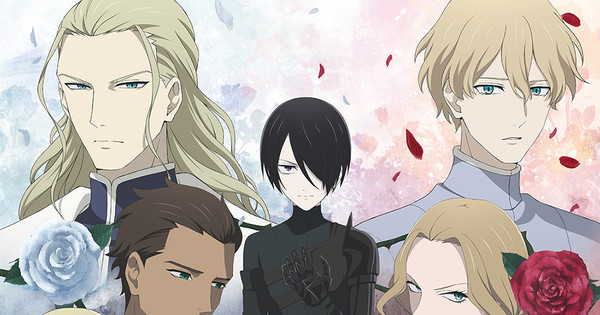US-based Mingjiang Baijiu was established in 2018 in partnership with Luzhou Laojiao, one of the oldest breweries in China, with a view to building an international liquor brand.
Liquor is the most produced and consumed alcohol in the world, selling more than whisky and vodka combined each year. China consumes 8 billion liters of liquor every year.
Mingjiang Baijiu belongs to Sichuan liquor, distilled from sorghum grains, with a standard alcohol content of 45 degrees.
“Many drinkers around the world like spirits, but don’t drink baijiu.”Derek Sandhaus, co-founder and communications director of Mingjiang Baijiu .
According to Sandhaus, there are many importers of liquor in the US and Europe, but their target customers are usually the local Chinese community and expatriates.
“When we entered the market, no other brand was actively trying to reach mainstream users in North America and Europe.”
In China, baijiu is usually drunk straight at room temperature, and also served as a celebratory drink with food.
However, Mingjiang Baijiu sees cocktails as the ideal entry point to nurture and attract consumers in Western markets.
The brand says the baijiu goes well with citrus and tonic water, as well as with other strong-smelling spirits, such as premium rum, amaro and mezcal.
“We have worked hard to not only promote our brand, but also baijiu as an alcohol to promote Chinese distilled spirits to international audiences. We want to ensure that our audiences (among which Many people have never drunk baijiu before) to understand baijiu, where baijiu comes from and how baijiu is consumed in China,” Sandhaus said.
Production
Mingjiang Baijiu is produced in Luzhou Laojiao, Sichuan Province, the oldest brewery in China, established in 1573.
“We knew very well that we wanted a product suitable for making cocktails, so the production method of the product itself was the same as Luzhou Laojiao’s baijiu, but the mixture was different. It’s easier for the bartender to prepare.” Sandhaus said.
When producing Mingjiang baijiu, the locally harvested red sorghum grains are first steamed, then fermented with wild yeast, and then buried in soil pits for about two to three months. The baijiu is distilled in small batches using steam, then aged in terracotta tanks for up to two years before being bottled by a master mixologist to balance the flavors.
Sandhaus explained that Mingjiang Baijiu was designed to appeal to an international audience while paying homage to the Luzhou Laojiao brand.
“We put the definition and source information of baijiu on the label. The Chinese name and packaging design are very important because we want consumers to see it as a Chinese product. ”
The bottle is also glass, resealable and convenient for bartenders. Sandhaus explained that in China, the vast majority of baijiu is consumed by the bottle, so there is no need to reseal it.
The majority stake in Mingjiang Baijiu is held by Luzhou Laojiao, which produces the product, and the founder is only a minority shareholder. The founder of Mingjiang Baijiu is from Europe and the United States and has experience in the alcohol industry.
European and US business status
From 2018 to 2020, Mingjiang Baijiu was mainly sold to liquor stores, bars and some supermarkets in the United States.
In 2020, Mingjiang Baijiu entered into a strategic partnership with Sazerac Company, a large-scale alcohol importer in the United States, and its business scope will expand from 5 states to more than 20 states in 2021.
Sazerac manages the import and sale of Mingjiang Baijiu in the United States.
“Thanks to this partnership, we had our best year to date in sales last year. So we expect to continue expanding in the U.S. this year and into more state markets, while also growing in existing markets,” Sandhaus said.
And in Europe, Mingjiang Baijiu is working with importers to bring the product to Germany, Austria, Switzerland, Denmark, Italy, France and the UK. Products are mainly sold in liquor stores.
Mingjiang Baijiu also has online stores in Europe and the United States.
“The main strategy this year is not necessarily to expand into new markets, but to get more out of existing markets. We do this in several ways, including Plan sales and promotions during Chinese festivals such as Spring Festival, Dragon Boat Festival and Mid-Autumn Festival to attract more users.”
Note: This article have been indexed to our site. We do not claim legitimacy, ownership or copyright of any of the content above. To see the article at original source Click Here













